June 20-21, 2018
Alaska Highway, Milepost 0
Jane had stopped being hugely worried about the spider crack in the windshield: It wasn’t growing and Dave reinforced the area with super glue. On the way to Dawson Creek, however, the windshield took another hit, this time chipping out a quarter-sized piece of the windshield. Jane feared for the integrity of the windshield, but Dave and the insurance company stayed calm and it was decided we’d have the windshield repair completed after we returned to the U.S.
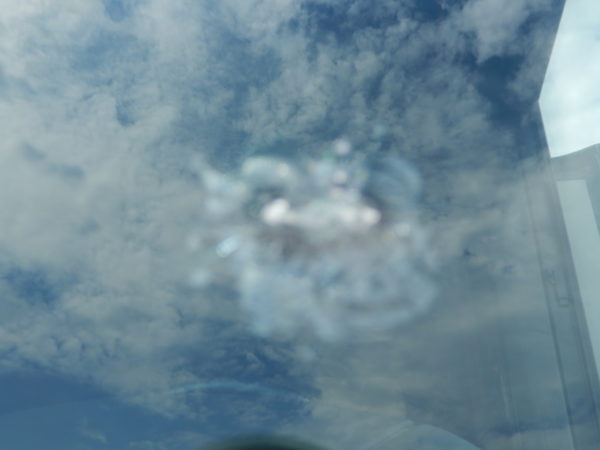
Here is an embarrassingly out-of-focus shot of the chip in the windshield.
We arrived without further incident at Dawson Creek, 367 miles northwest of Edmonton, Alberta. The city was named for George Dawson of the Geological Survey of Canada, whose surveys of the region in 1879 helped lead to its development as an agricultural settlement. It is an open level town surrounded by rolling farmland. Dawson Creek is the hub of 4 major highways and the British Columbia Railway. The Northern Alberta Railway reached Dawson Creek in 1931, and, as a railhead, it was an important funnel for supplies and equipment during construction of the Alaska Highway in 1942.
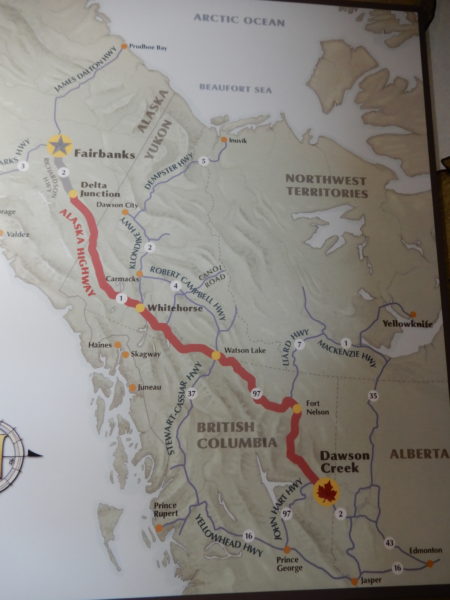
Construction of the “Alcan” Highway (ALCAN was the military acronym for the Alaska-Canada Highway) officially began on March 9, 1942. Such a road had been considered since the 1920’s, but the Japanese bombing of Pearl Harbor in December 1941 spurred Congress and President Roosevelt into action to protect the American homeland against Japanese invasion. A massive mobilization of men and equipment took place in that first month following the executive order to build a military road to Alaska which at the time was only accessible by sea or air. Trucks, road-building equipment, food, tents and other supplies all had to be located and sent north. By May 1942 more than 4,700 railroad cars of equipment had arrived in Dawson Creek. By June more than 10,000 American troops had poured into the Canadian North. In June 1942 the Japanese invaded and took possession of Attu and Kiska Islands in the Aleutians, adding a new sense of urgency to completion of the Alcan Highway.
Crews worked 7 days a week. A surveyor would climb a tree or a piece of equipment and choose a point in the distance for the crews to work toward. One bulldozer went down the center of the line, mowing down everything in its path. Two additional dozers followed, widening the opening. Other units then built culverts, temporary bridges, and ditches. Supplies were sparse and the weather was awful: Torrential rains brought swarms of mosquitos in warm weather. Fall brought bitter cold and snow.
About a third of the men working on the highway were African Americans assigned to three newly-formed “Negro regiments”. They worked from the north and west while white regiments worked from the south and east. Two bulldozer drivers met at Contact Creek in the Yukon Territory on September 15, and construction ended October 25, 1942. The performance of these black regiments helped convince the U.S. military and civilian leaders to desegregate the armed services in 1948.
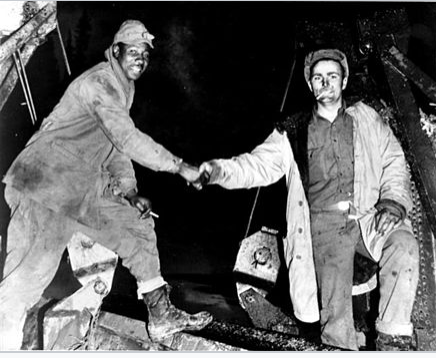
It is estimated that 99% of the supplies transported to Alaska during the war were sent by sea.
The highway was opened to civilian traffic in 1948. It was named an International Historical Engineering Landmark in 1996. The Alaska Highway House in Dawson Creek showcases the building of the highway with exhibits and a movie. Today the highway is a vital transportation route and the driving adventure of a lifetime.
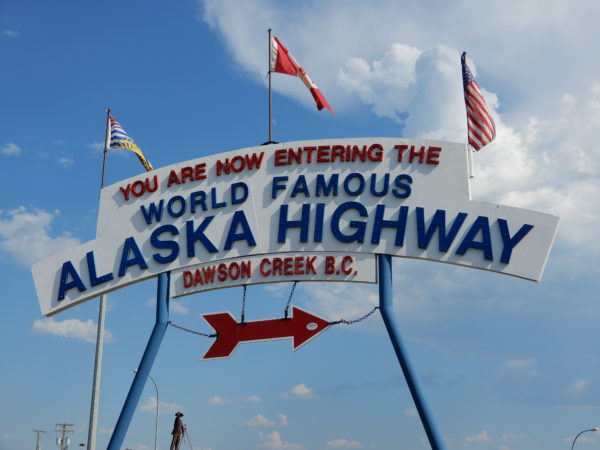
Only 1,523 miles to Fairbanks.
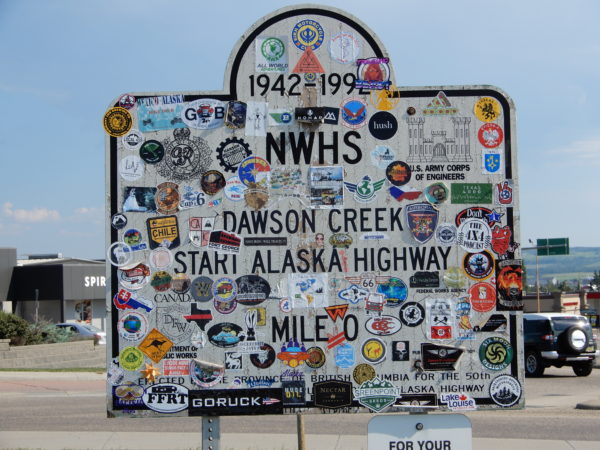
What did that sign say? No respect here,
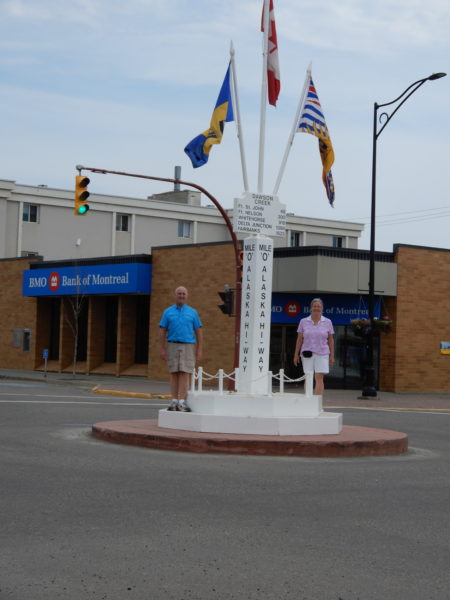
This is the official Mile “0” marker.
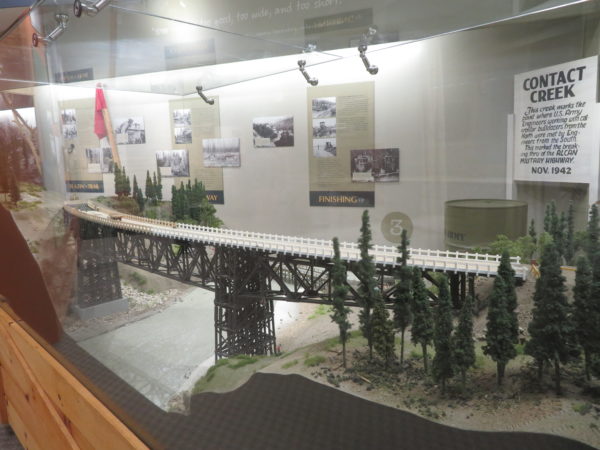
A model of the Contact Creek bridge where the east and west construction crews met.
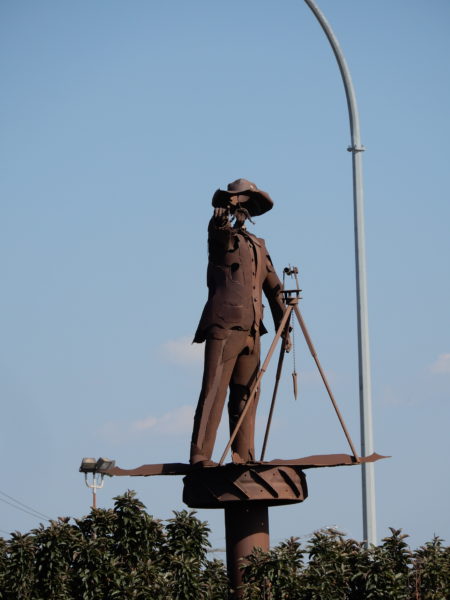
The surveyor statue is a tribute to the men who built the Alaska Highway
The Kiskatinaw Bridge is at milepost 21 on the original route of the Alaskan Highway. It is the longest wooden curved bridge in North America and the last original wooden bridge still in use on the Alaskan Highway. It is 531 feet long.
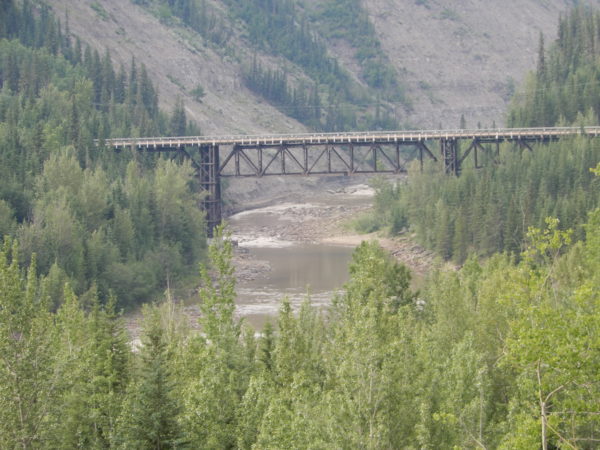
Kiskatinaw Bridge
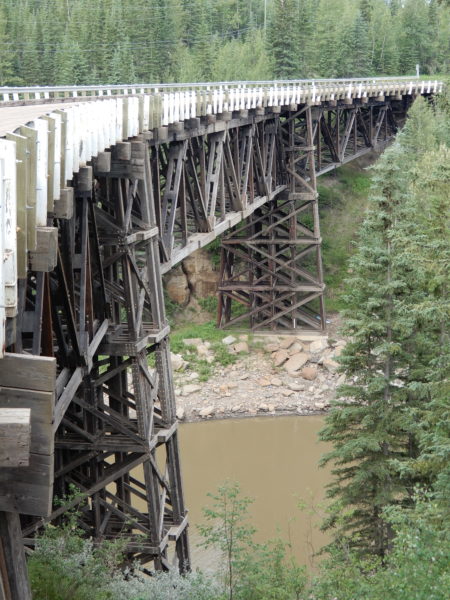
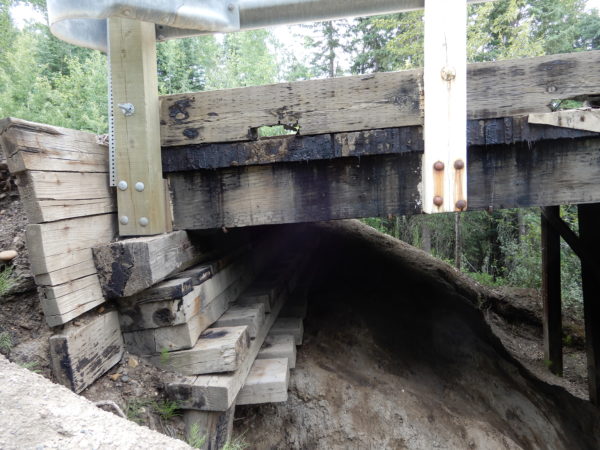
This bridge was built on wood supports and piers directly on the ground. No concrete foundations or steel beams here.
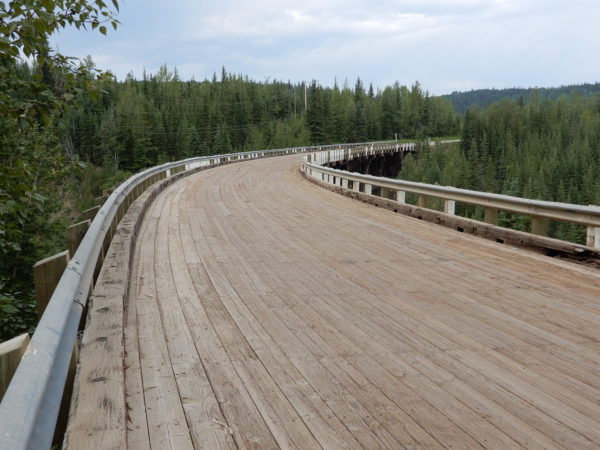
We have no idea how they curved the boards on this wood deck.
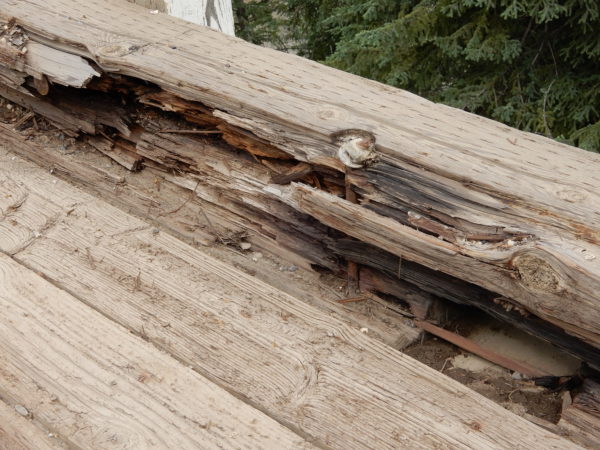
Some of the wood is deteriorating and needs replacing.
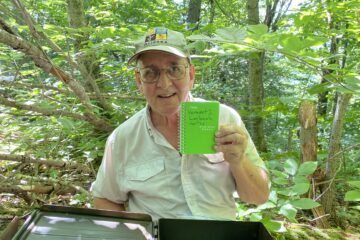
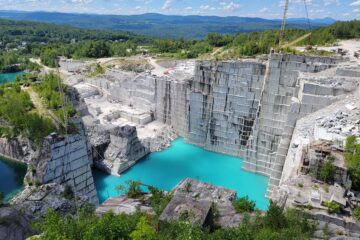
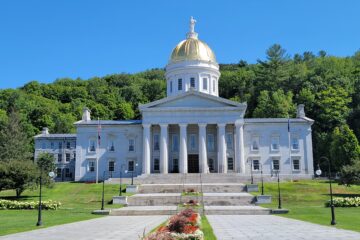
3 Comments
Jay Waters · August 6, 2018 at 1:08 pm
Now you’re starting some serious adventure!
Susan · August 6, 2018 at 6:38 pm
Looks like the start of a great drive!
Joette · August 6, 2018 at 8:32 pm
You drove your RV on that wooden bridge?